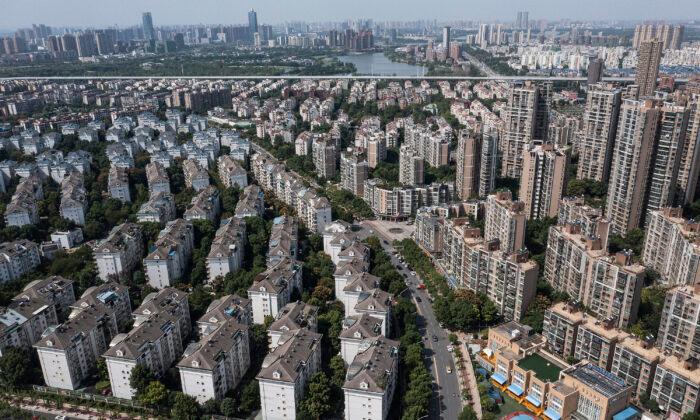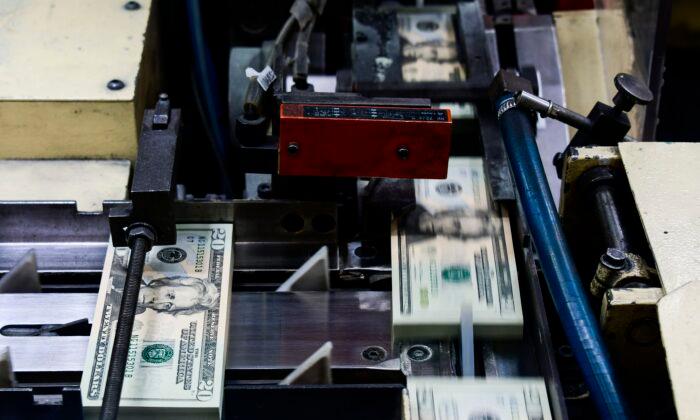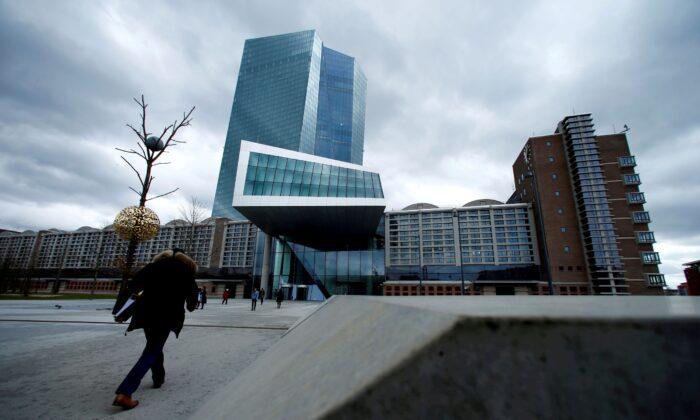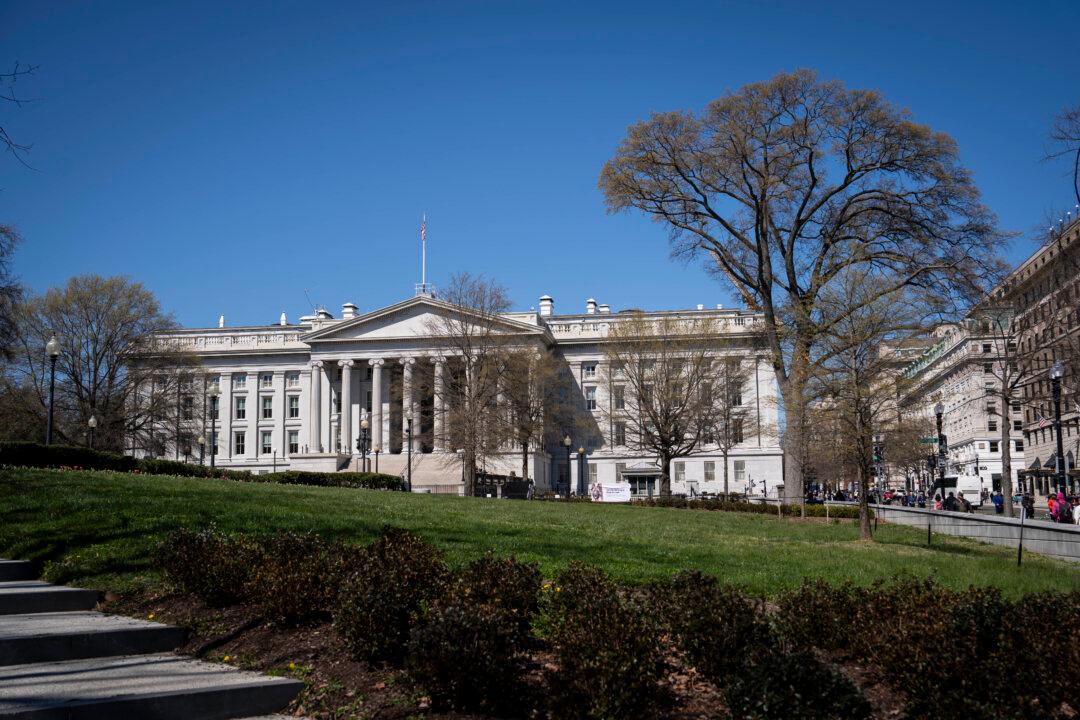No economy has been able to ignore a property bubble and offset it and continue to grow, replacing the bust of the real estate sector with other parts of the economy. Heavily regulated economies from Iceland to Spain have failed to contain the negative effect of a real estate sector collapse. It won’t be different in China.
China has three real estate problems: the massive size of the sector, its excessive leverage, and the amount of developer debt in the hands of average households and retail investors.
Considering construction and other real estate services, the sector accounts for more than 25 percent of China’s GDP. Just to consider other examples of property bubbles, the average size of the sector is somewhere between 15 and 20 percent of a country’s GDP. And none of those economies managed the excess of the property sector.
Of course, the problem of a real estate bubble is always excessive leverage. Developers take on too much debt, and the smallest decrease in housing prices makes their equity vanish and their solvency ratios collapse.
Chinese and foreign retail investors are also heavily exposed to the real estate and construction market. Evergrande was the largest issuer of commercial paper and developers’ debt was sold to small investors in different packages.
Chinese families have around 78 percent of their wealth tied up in property, more than double that of the United States, according to a 2018 report by Chengdu’s Southwestern University of Finance and Economics and China Guangfa Bank. China has also launched nine real estate investment trusts that have raised more than $5 billion in just a week in oversubscribed offerings in a market that could reach $3 trillion, according to Bloomberg.
With high leverage, prices that have risen massively above real GDP and real wages, and with a population that’s heavily exposed to the sector, the effect on China’s economy will be much more than just financial. Even if the People’s Bank of China tries to disguise the fiscal effect with liquidity injections and bank direct and indirect bailouts, the real estate bubble is likely to hit consumption, with utilities that have built infrastructure around empty buildings, services, and sectors that manufacture parts for construction.
The Chinese regime may contain the financial implications, but it can’t offset the real estate sector’s effect on the real economy. This means weaker growth, higher risk, and lower consumption and investor appetite for China exposure. The central bank can’t solve a problem of solvency with liquidity.
Property bubble-driven growth always leads to debt-driven stagnation.






Friends Read Free